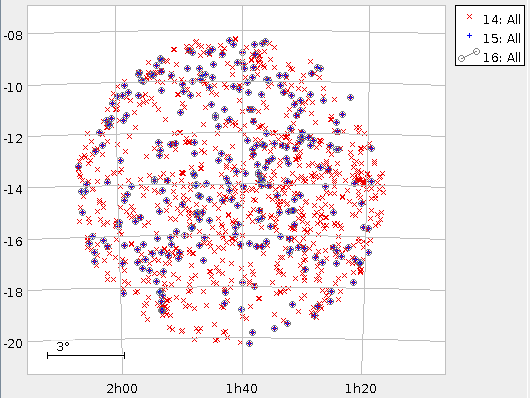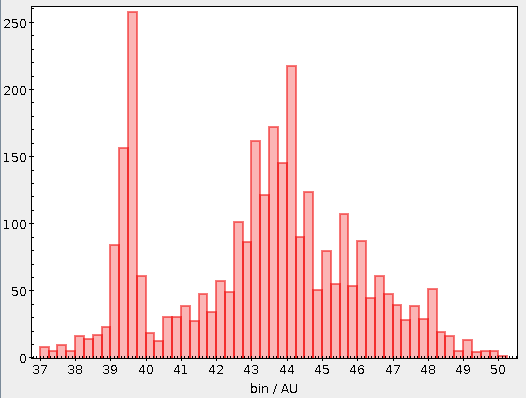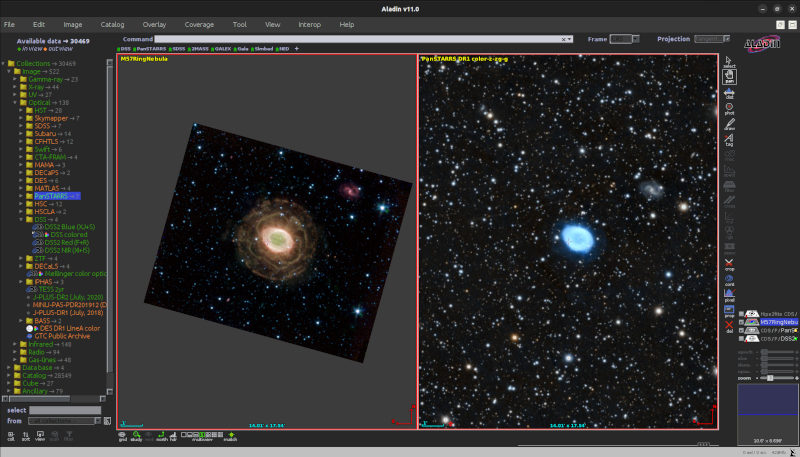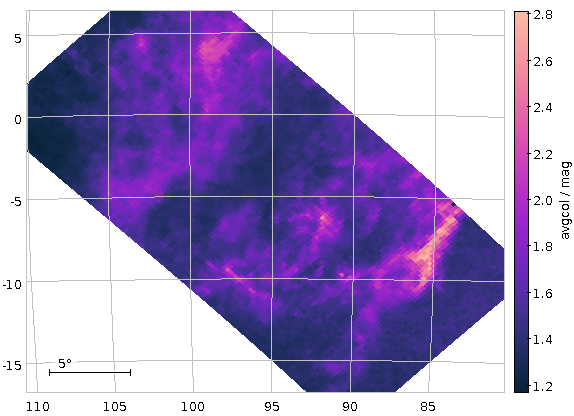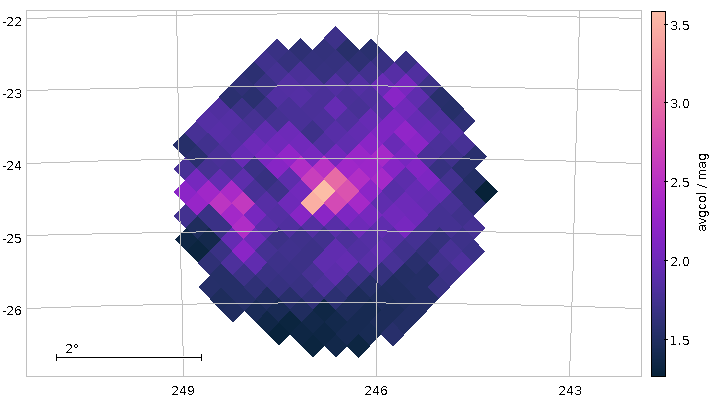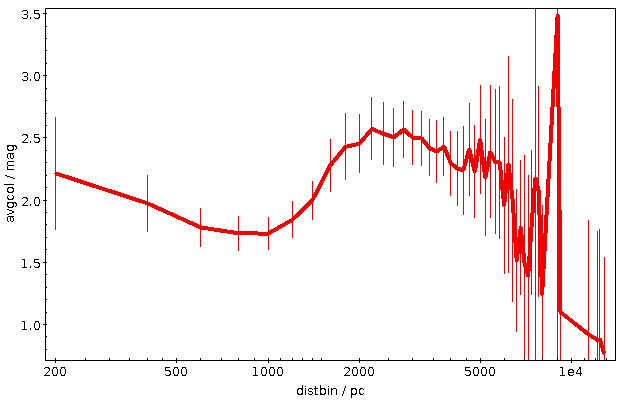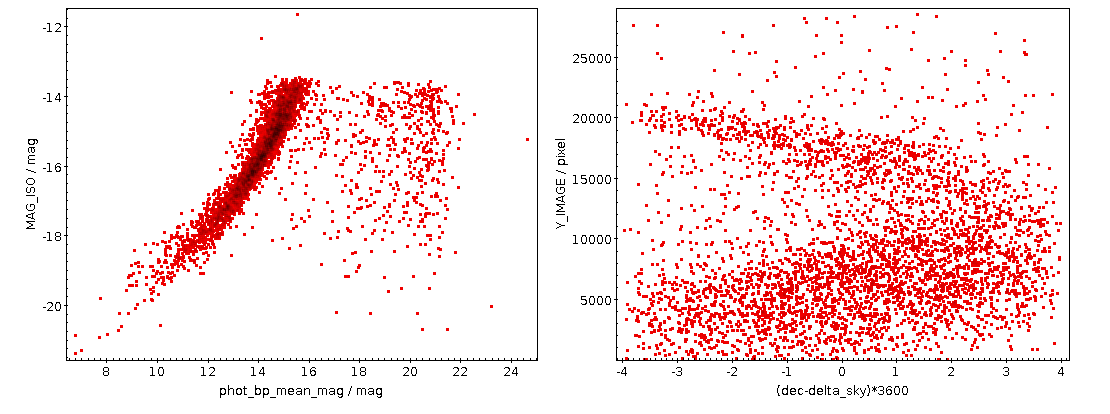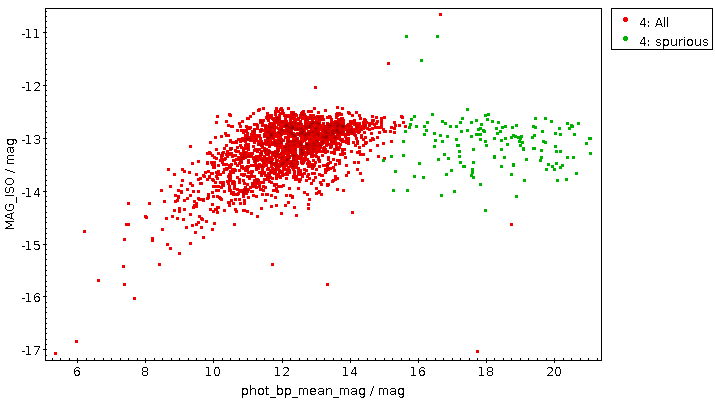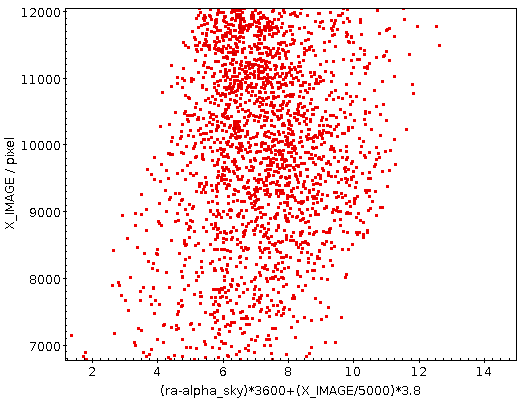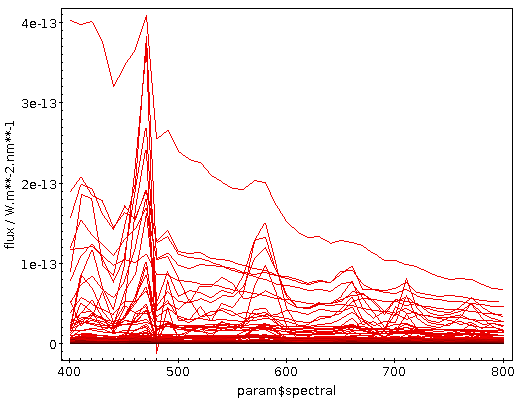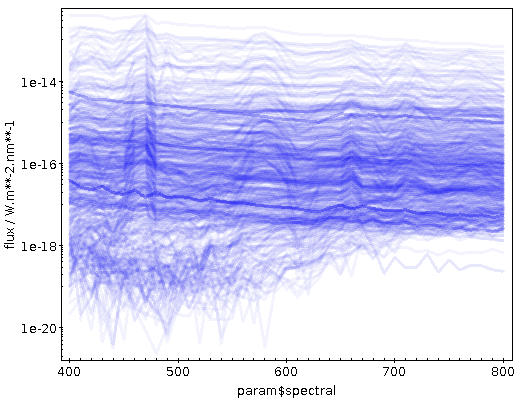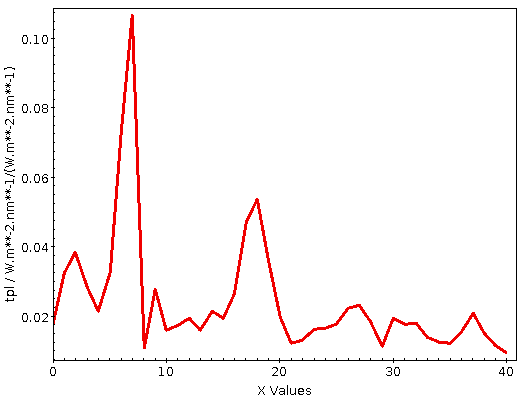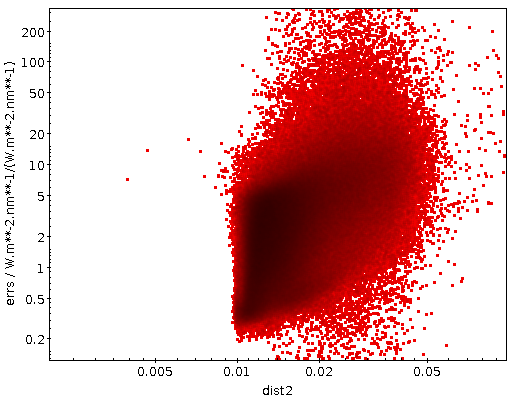Learn To Use The VO

The first 60 pages of the lecture notes as they currently are. I give you a modern textbook would probably look a bit more colorful from this distance, but perhaps this will still do.
About ten years ago, I had planned to write something I tentatively called VadeVOcum: A guide for people wanting to use the Virtual Observatory somewhat more creatively than just following and slightly adapting tutorials and use cases. If you will, I had planned to write a textbook on the VO.
For all the usual reasons, that project never went far. Meanwhile, however, GAVO's courses on ADQL and on pyVO grew and matured. When, some time in 2021, I was asked whether I could give a semester-long course “on the VO”, I figured that would be a good opportunity to finally make the pyVO course publishable and complement the two short courses with enough framing that some coherent story would emerge, close enough to the VO textbook I had in mind in about 2012.
Teaching Virtual Observatory Matters
The result was a course I taught at Universität Heidelberg in the past summer semester together with Hendrik Heinl and Joachim Wambsganss. I have now published the lecture notes, which I hope are textbooky enough that they work for self-study, too. But of course I would be honoured if the material were used as a basis of similar courses in other places. To make this simpler, the sources are available on Codeberg without relevant legal restrictions (i.e., under CC0).
The course currently comprises thirteen “lectures”. These are designed so I can present them within something like 90 minutes, leaving a bit of space for questions, contingencies, and the side tracks. You can build the slides for each of these lectures separately (see the .pres files in the source repository), which makes the PDF to work while teaching less cumbersome. In addition to that main trail, there are seven “side tracks”, which cover more fundamental or more general topics.
In practice, I sprinkled in the side tracks when I had some time left. For instance, I showed the VOTable side track at the ends of the ADQL 2 and ADQL 3 lectures; but that really had no didactic reason, it was just about filling time. It seemed the students did not mind the topic switches to much. Still, I wonder if I should not bring at least some of the side tracks, like those on UCDs, identifiers, and vocabularies, into the main trail, as it would be unfortunate if their content fell through the cracks.
Here is a commented table of contents:
- Introduction: What is the VO and why should you care? (including a first demo)
- Simple Protocols and their clients (which is about SIAP, SSAP, and SCS, as well as about TOPCAT and Aladin)
- TAP and ADQL (that's typically three lectures going from the first SELECT to complex joins involving subqueries)
- Interlude: HEALPix, MOC, HiPS (this would probably be where a few of the other side tracks might land, too)
- pyVO Basics (using XService objects and a bit of SAMP, mainly along an image discovery task)
- pyVO and TAP (which is developed around a multi-catalogue SED building case)
- pyVO and the Registry (which, in contrast to the rest of the course, is employing Jupyter notebooks because much of the Registry API makes sense mainly in interactive use)
- Datalink (giving a few pyVO examples for doing interesting things with the protocol)
- Higher SAMP Magic (also introducing a bit of object oriented programming, this is mainly about tool building)
- At the Limit: VO-Wide TAP Queries (cross-server TAP queries with query building, feature sensing and all that jazz; I admit this is fairly scary and, well, at the limit of what you'd want to show publicly)
- Odds and Ends (other pyVO topics that don't warrant a full section)
- Side Track: Terminology (client, server, dataset, data collection, oh my; I had expected this to grow more than it actually did)
- Side Track: Architecture (a deeper look at why we bother with standards)
- Side Track: Standards (a very brief overview of what standards the IVOA has produced, with a view of guiding users away from the ones they should not bother with – and perhaps towards those they may want to read after all)
- Side Track: UCDs (including hints on how to figure out which would denote a concept one is interested in)
- Side Track: Vocabularies (I had some doubts whether that is too much detail, but while updating the course I realised that vocabularies are now really user-visible in several places)
- Side Track: VOTable (with the intention of giving people enough confidence to perform emergency surgery on VOTables)
- Side Track: IVOA Identifiers (trying to explain the various ivo:// URIs users might see).
Pitfalls: Technical, Intellectual, and Spiritual
The course was accompanied by lab work, again 90 minutes a week. There are a few dozen exercises embedded in the course, and in the lab sessions we worked on some suitable subset of those. With the particular students I had and the lack of grading pressure, the fact that solutions for most of the exercises come with the lecture notes did not turn out to be a problem.
The plan was that the students would explain their solutions and, more importantly, the places they got stuck in to their peers. This worked reasonably well in the ADQL part, somewhat less for the side tracks, and regrettably a lot less well in the pyVO part of the course. I cannot say I have clear lessons to be learned from that yet.
A piece of trouble for the student-generated parts I had not expected was that the projector only interoperated with rather few of the machines the students brought. Coupling computers and projectors was occasionally difficult even in the age of universal VGA. These days, even in the unlikely event one has an adapter for the connectors on the students' computers, there is no telling what part of a computer screen will end up on the wall, which distortions and artefacts will be present and how much the whole thing will flicker.
Oh, and better forget about trying to fix things by lowering the resolution or the refresh rate or whatever: I have not had one instance during the course in which any plausible action on the side of the computer improved the projected image. Welcome to the world of digital video signals. Next time around, I think I will bring a demonstration computer and figure out a way in which the students can quickly transfer their work there.
Talking about unexpected technical hurdles: I am employing PDF-attached source code quite extensively in the course, and it turned out that quite a few PDF clients in use no longer do something reasonable with that. With pdf.js, I see why that would be, and it's one extra reason to want to avoid it. But even desktop readers behaved erratically, including some Windows PDF reader that had the .py extension on some sort of blacklist and refused to store the attached files on grounds that they may “damage the computer”. Ah well. I was tempted to have a side track on version control with git when writing the course. This experience is probably an encouragement to follow through with that and at least for the pyVO part to tell students to pull the files out of a checkout of the course's source code.
Against the outline in the lecture as given, I have now promoted the former HEALPix side track to an interlude session, going between ADQL and pyVO. It logically fits there, and it was rather popular with the students. I have also moved the SAMP magic lecture to a later spot in the course; while I am still convinced it is a cool use case, and giving students a chance to get to like classes is worthwhile, too, it seems to be too much tool building to have much appeal to the average participant.
Expectably, when doing live VO work I regularly had interesting embarrassments. For instance, in the pyvo-tap lecture, where we do something like primitive SEDs from three catalogues (SDSS, 2MASS and WISE), the optical part of the SEDs was suddenly gone in the lecture and I really wondered what I had broken. After poking at things for longer than I should have, I eventually promised to debug after class and report next time, only to notice right after the lecture that I had, to make some now-forgotten point, changed the search position – and had simply left the SDSS footprint.
But I believe that was actually a good thing, because showing actual errors (it does not hurt if they are inadvertent) and at least brief attempts to understand them (and, possibly later, explain how one actually understood them) is a valuable part of any sort of (IT-related) education. Far too few people routinely attempt to understand what a computer is trying to tell them when it shows a message – at their peril.
Reruns, House Calls, TV Shows
Of course, there is a lot more one could say about the VO, even when mainly addressing users (as opposed to adopters). An obvious addition will be a lecture on the global dataset discovery API I have recently discussed here, and I plan to write it when the corresponding code will be in a pyVO release. I am also tempted to have something on stilts, perhaps in a side track. For instance, with a view to students going on to do tool development, in particular stilts' validators would deserve a few words.
That said, and although I still did quite a bit of editing based on my experiences while teaching, I believe the material is by and large sound and up-to-date now. As I said: everyone is welcome to the material for tinkering and adoption. Hendrik and I are also open to give standalone courses on ADQL (about a day) or pyVO (two to three days) at astronomical institutes in Germany or elsewhere in not-too remote Europe as long as you house (one of) us. The complete course could be a 10-days block, but I don't think I can be booked with that[1].
Another option would be a remote-teaching version of the course. Hendrik and I have discussed whether we have the inclination and the resources to make that happen, and if you believe something like that might fit into your curriculum, please also drop us a note.
And of course we welcome all sorts of bug reports and pull requests on codeberg, first and foremost from people using the material to spread the VO gospel.
| [1] | Well… let me hedge that I don't think I'd find a no in myself if the course took place on the Canary Islands… |

![[RSS]](../theme/image/rss.png)


